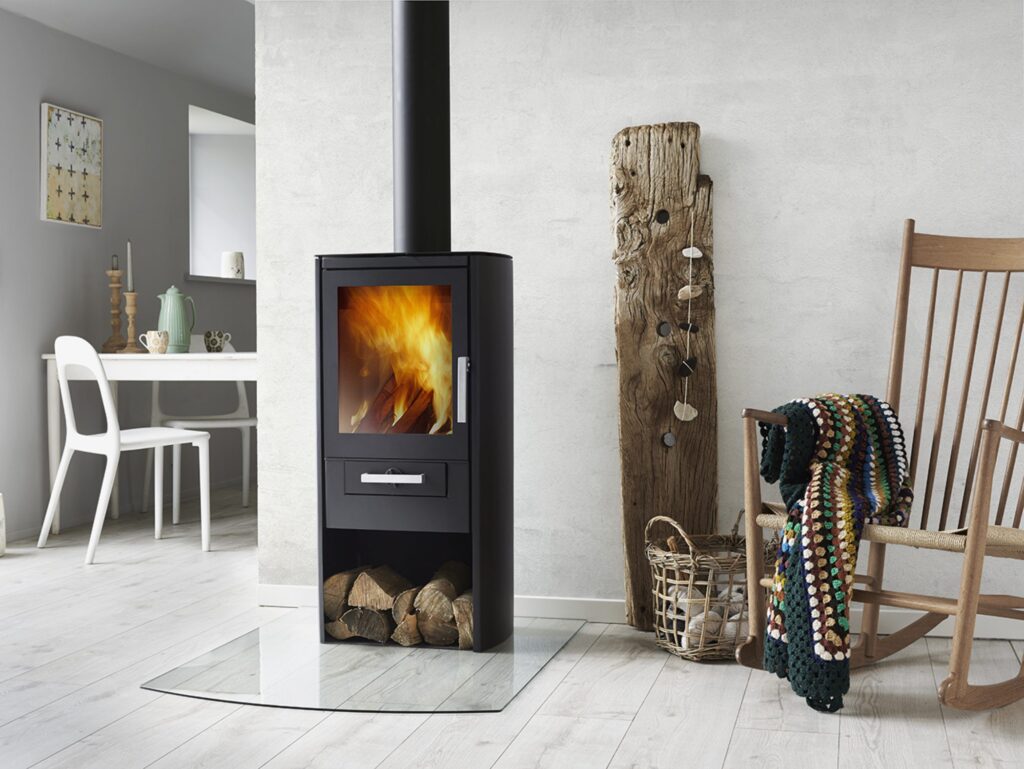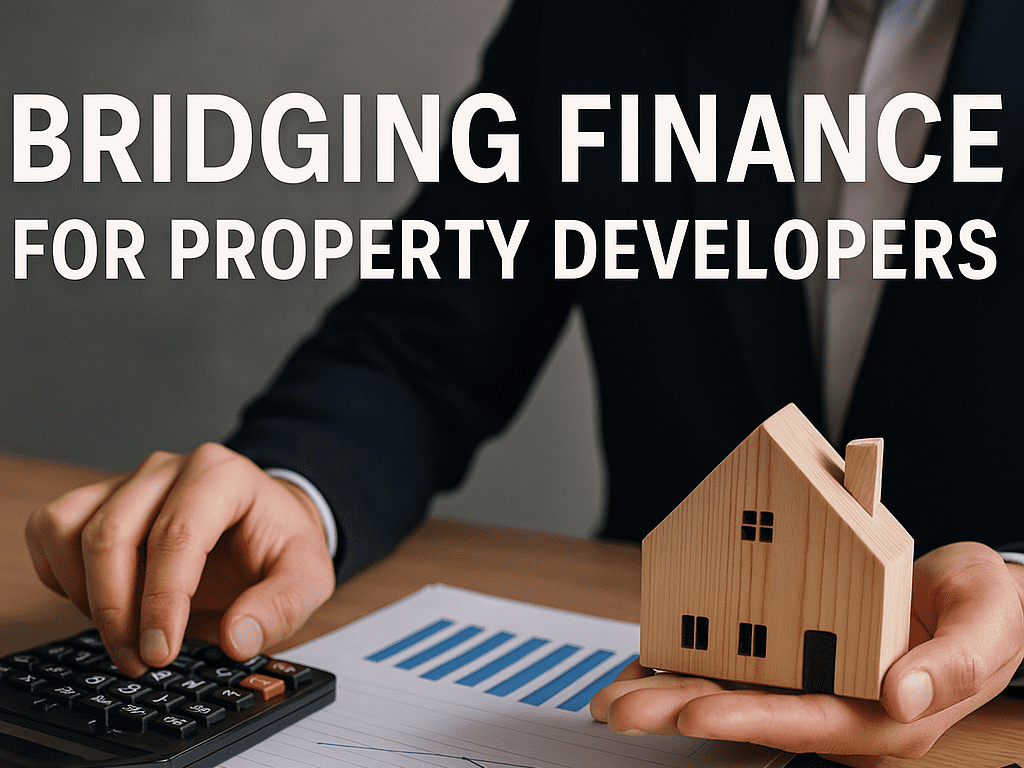from Klober Ltd
Despite the fact that the Code for Sustainable Homes provided a catalyst for progress towards zero carbon construction, there has been limited information on the value of airtight construction. House builders have pointed, with some justification, to a lack of evidence quantifying the value of an effective airtightness strategy in reducing CO2 emissions. Research has now concluded, however, that the effect of reducing air permeability from the Building Regulations ‘default value’ to that recommended by the Energy Saving Trust is substantial. As much as a 15% improvement in CO2 emissions was found to be achievable over the Target Emission Rate (TER). Four levels of improvement above the TER default value were assessed. Level 1 reflected a modest enhancement in U-values, percentage of low energy lighting and thermal bridging, with the remaining 3 reflecting gradual degrees of improvement. For air permeability levels ranging from 5 -10 m3/hr/m2, natural ventilation was assumed using intermittent extractor fans in the kitchen and bathroom. Levels below 5m3/hr/m2 assumed use of mechanical heat recovery (MVHR) in line with Energy Saving Trust and Scottish Building Standards guidelines. The MVHR model provided balanced whole-house ventilation with heat recovery, using insulated rigid ductwork running at 91% efficiency. The standard heating system model used a gas fired condensing boiler with modulated burner control running at 90% efficiency. Further options considered to determine which would be needed to meet the various CO2 emission targets included:- A better boiler and controls – involving a condensing boiler with a 90.3% efficiency (the highest in the Boiler Efficiency Database), with enhanced load compensation and a delayed start thermostat. Solar water heating – consisting of a 4m2 evacuated tube solar collector and 100 litre storage cylinder. Biomass secondary heating – assuming a stove burning wood pellets at 90% efficiency, meeting 10% of demand. Comparisons were made between the percentage improvements over TER that could be achieved with air permeability from 3m3/hr/m2 up to the default TER value of 10m3/hr/m2. Calculations were also made at a TER of 15m3/ hr/m2 to take account of small developments where Building Regulations AD L1A does not require air pressure testing to be carried out. Using the highest improvement package considered, a typical detached house assumed to have an air permeability of 3m3/h/m2 was able to comply with the CO2 requirements of CSH Level 4. This was achieved by using a better boiler and controls with a biomass secondary heating system, but without additional support from solar water heating. For a mid-terrace house with the same level of air permeability and solar water heating, the 25% improvement required to comply with CSH Level 4 can also easily be achieved. By contrast, one with an air permeability of 10m3/hr/m2 would not be able to do so even if solar water heating and the most efficient central heating system had been used. Questions will of course continue to be asked about the cost of achieving effective airtightness, both in terms of materials and labour. For house builders, scope to make the key comparison between added value and cost has at last been provided. Practical examples have already proved that, whether in respect of Code for Sustainable Homes or BREEAM performance cost need not be high. www.klober.co.uk











